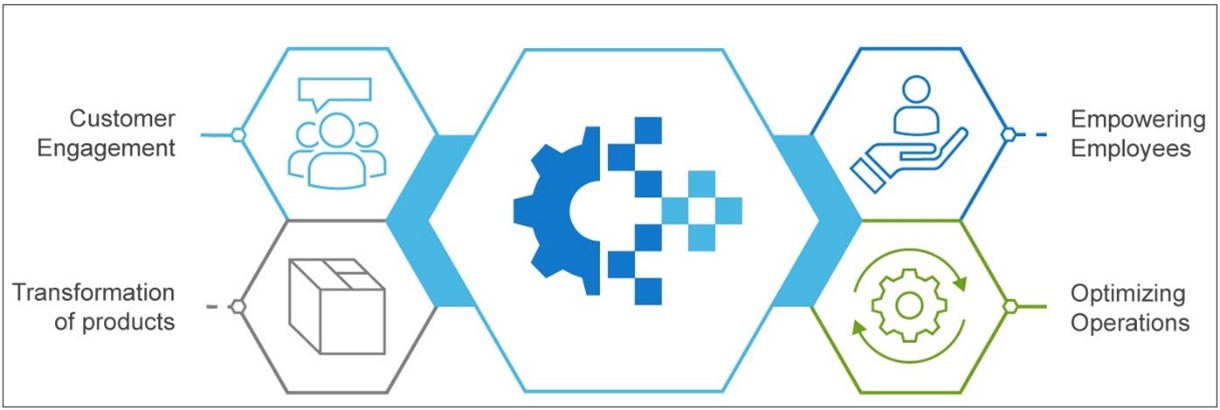The investments that organizations make today will define the growth and performance over the next few years. Digital transformation happens both for consumers of goods and services as well as the suppliers of these goods and services. The four primary outcomes that companies are seeking from digital transformation are improved ways of customer engagement, empowering employees, optimizing operations and transformation of products.

These digital transformation outcomes drive customers to hybrid cloud operating models and operations modernization through automation. To achieve these outcomes, Dell Technologies and Microsoft offer a unique Azure hybrid ecosystem that simplifies operations and enables innovation. The key questions that IT professionals are trying to answer are:
- How to simplify governance of resources and secure them seamlessly regardless of where they reside?
- How to bring cloud innovation to existing infrastructure?
- How to modernize on premises data centers to unlock the full potential of a hybrid cloud?
Dell Technologies and Microsoft designed a hybrid cloud solution to provide answers to these questions. Within the hybrid cloud strategy, important design considerations include:
- Some workloads cannot migrate to a public cloud due to data gravity (law of performance) and governance restrictions. The latter is common when dealing with personally identifiable information in industries like finance, health care and government
- Some workloads require unique low latency for faster AI capabilities (law of performance)
- Many companies want to leverage their current investments in infrastructure to have the best cost structure for their workloads (law of economics)
